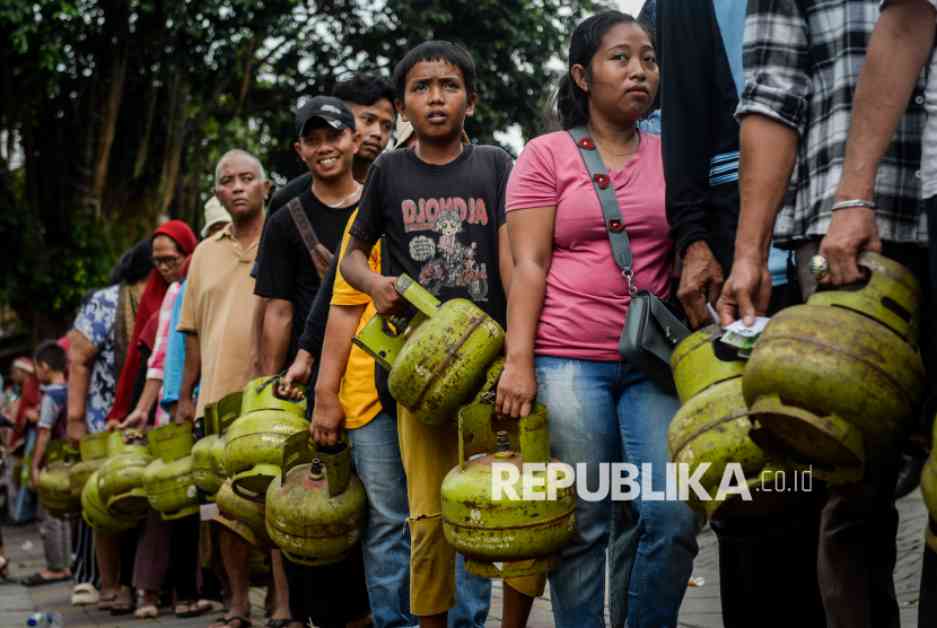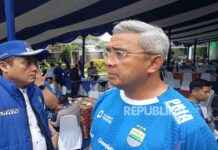Local residents in Cibodas, Tangerang, Banten, were seen lining up to get their hands on 3-kilogram LPG cylinders on Monday, February 3, 2025. The government’s decision to restrict the purchase of 3-kilogram LPG cylinders to official Pertamina depots has sparked controversy, leading to concerns about the scarcity of this subsidized energy product at retail levels. This move has brought to light the long journey of the so-called “gas melon” from its inception to replace kerosene as a cooking energy source for the public. Let’s delve into the history and availability of 3 Kg LPG from its launch by JK to the current purchase scenario at depots.
### The Inauguration by JK: Transition from Kerosene to 3 Kg LPG
In 2007, Vice President Jusuf Kalla launched the conversion program from kerosene to 3-kilogram LPG cylinders. This initiative aimed to target 20 million impoverished families over a three-year period. However, the transition was not without its challenges, as many individuals struggled to adapt to this new energy source. Incidents of 3-kilogram LPG cylinder explosions were frequently reported, highlighting the need for enhanced safety measures and public awareness. During a seminar at Gadjah Mada University, these incidents were attributed to a “cultural jump” phenomenon, signifying the community’s unfamiliarity with the new energy source.
### Success of the Conversion: Decline in Kerosene Consumption
The government’s efforts to convert kerosene to 3-kilogram LPG cylinders were deemed successful, as evidenced by a drastic reduction in kerosene consumption. From 9.85 million kiloliters in 2007, kerosene consumption plummeted to a mere 850,000 kiloliters by 2015. This transition marked a significant milestone in the nation’s energy sector, reflecting a positive shift towards cleaner and more efficient energy sources.
### Current Policies and Initiatives: Ensuring Subsidy Distribution
As the government continues to refine its energy policies, the Ministry of Energy and Mineral Resources (ESDM) has been exploring mechanisms to streamline the distribution of subsidies for 3-kilogram LPG cylinders. One of the key challenges faced is ensuring the accuracy of recipient data, thereby targeting subsidies to those truly in need. Pertamina, the state-owned energy company, has recently implemented a new regulation stipulating that the purchase of 3-kilogram LPG cylinders at depots or agents must be accompanied by a valid identification card (KTP). This measure aims to facilitate data collection and ensure that subsidies reach the intended beneficiaries effectively.
In a significant development, effective February 1, 2025, the government mandated that 3-kilogram LPG cylinders can only be purchased at official Pertamina depots. Minister of Energy and Mineral Resources Bahlil Lahadalia emphasized that this decision was made to prevent potential irregularities at the retail level. This policy shift underscores the government’s commitment to enhancing transparency and accountability in the distribution of subsidized energy products, thereby safeguarding the welfare of citizens across the nation.
By tracing the evolution of 3 Kg LPG from its inception to the current purchase regulations, it becomes evident that this essential energy source plays a pivotal role in the daily lives of millions of Indonesians. As policymakers strive to navigate the complexities of subsidy distribution and energy transitions, the enduring goal remains clear: to ensure equitable access to clean and affordable energy for all.














